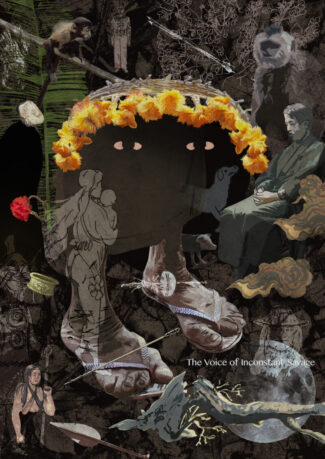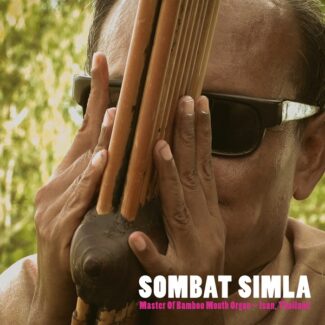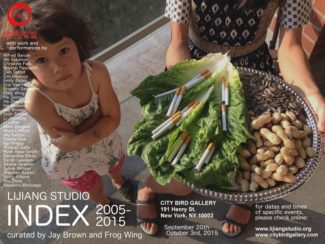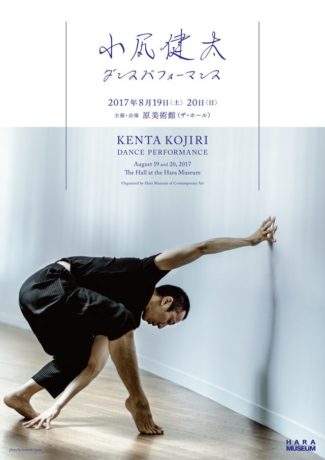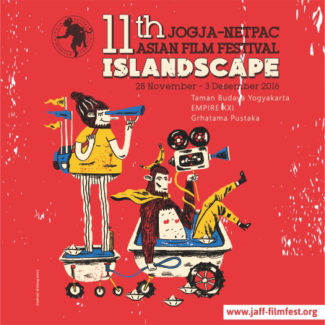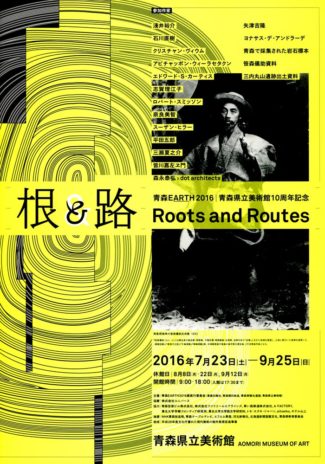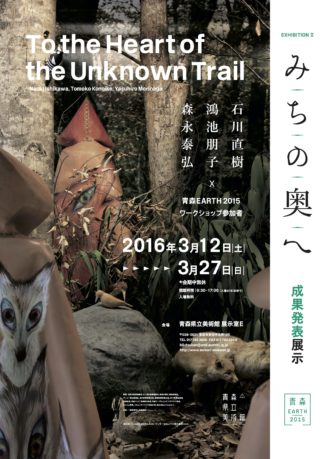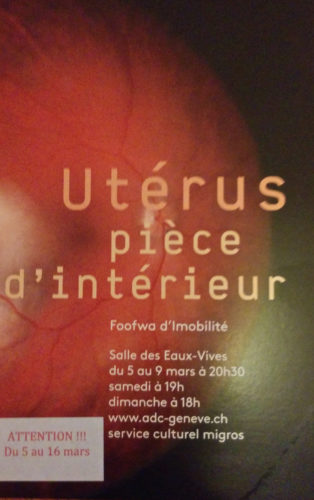
Uterus
“Dans Utérus, pièce d’intérieur, pièce toute d’intimité, Foofwa d’Imobilité déplace le curseur de la virtuosité. Celle-ci ne se donne pas ici dans le brio technique des figures, ni dans le chatoiement d’une séduction spectaculaire. Elle se niche au contraire, en amont de toute forme identifiable, dans l’immense travail que Foofwa, Anja Schmidt et Raphaële Teicher ont mené pour rendre possible l’éclosion de ces mille et uns imprévisibles micro-événements dont chaque représentation est le creuset. Hormis son thème, rien, en effet, n’est pré-défini dans cette pièce. Son défi est de se concentrer, en direct, sur ces moments d’émergence fragiles où, à l’écoute des flux sensoriels et imaginaires qui le traversent, le danseur donne naissance au geste. Ce geste semble alors s’extérioriser spontanément, sans être tout à fait détaché encore de l’intériorité qui l’a nourrie. Mais ne nous y trompons pas : rien n’est plus difficile que cette apparente spontanéité. Il faut des corps savants, éminemment réceptifs et ouverts, pour accueillir cette gestation de gestes inconnus et en accompagner le déploiement. Il faut aussi qu’une profonde connivence se soit nouée entre les partenaires pour que leur trio parvienne à susciter l’impression d’une cohésion organique constamment renouvelée.”


